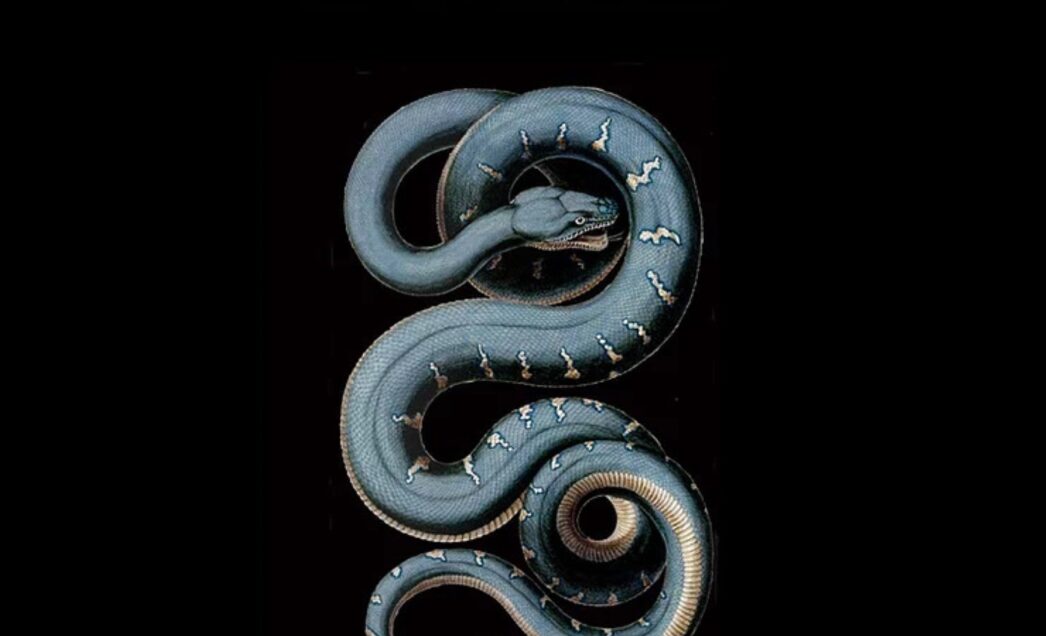In the underbelly of British rock history, there are artists who burn quietly but brightly, forever just beyond the mainstream, yet impossible to forget once you’ve stumbled across them. Paul Roland is one of those figures. The cult songwriter, novelist, and self-styled storyteller has been crafting strange, baroque pop worlds since the early ’80s, where ghosts, inventors, and time travellers mingle under a psychedelic haze.
Now, Roland is reopening one of his darkest chapters: Lair of the White Worm. Reissued on October 30th, it’s a record that distills everything singular about his art: the gothic romanticism, the literary references, the unsettling beauty that sits somewhere between Syd Barrett’s whimsy and Hammer Horror’s theatrical dread.
The album borrows its name from Bram Stoker’s final novel, twisting its mythos into songs that ripple with shadowy elegance. There are nods to Hammer Horror’s The Reptile, to the London Plague of 1666(“Year of the Harlot,” “Year of the Whore,” “Master Boil and Mistress Sore”), to Greek tragedy and prophecy(“Prophetess, Sybil and Seer,” “Leda and the Swan” featuring Joran Elane), and even to H.G. Wells in the wistful “In Memory of a Time Traveler.” Roland references these tales but also inhabits them, reshaping history and literature into something hallucinatory and personal.
Across the record, he does what he’s always done best: builds miniature worlds that feel like films. “Master Boil and Mistress Sore” conjures plague doctors, pestilent streets, and apocalyptic skies; the arrangements grind and swell like old clockwork machines. There’s a strange beauty in the decay, a painterly attention to both melody and menace.
Roland’s career has always been an odd paradox. Literary yet visceral, melodic yet macabre. His blend of psych, goth, and baroque pop has earned him comparisons to “the male Kate Bush” (a phrase once used by Robyn Hitchcock), and admirers ranging from Frank Zappa to Rolling Stone, who called A Cabinet of Curiosities “one of the best albums you’ve probably never heard.”
He’s released 25 studio albums, each a window into some parallel century: haunted mansions, crumbling libraries, twisted fairgrounds. And though he’s been championed across Europe — from RAI’s glowing review of White Zombie to Bitter and Twisted being named Album of the Year in France — Roland has remained proudly outside the mainstream, building a cult following that prefers to dwell in the margins with him.
As this reissue emerges, it feels like a summoning. Roland isn’t just revisiting old songs; he’s reminding us of an art where rock music doesn’t just express emotion, but tells stories, paints scenes, and revives ghosts. In 2025, that feels quietly radical.





Leave A Reply